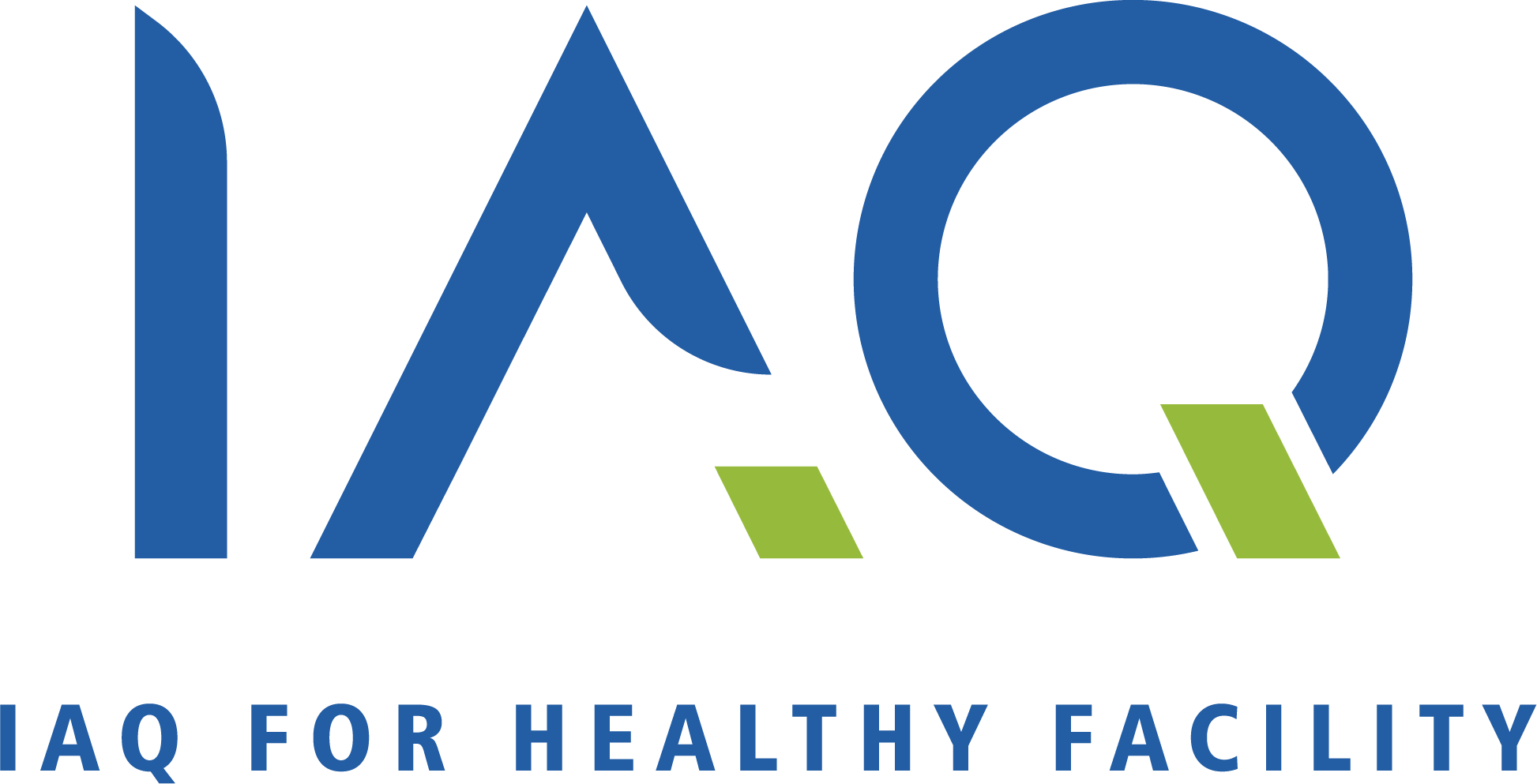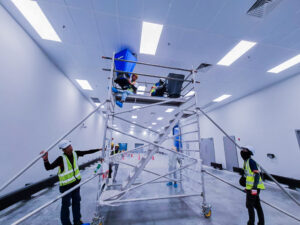Indoor air quality (IAQ) is an important factor influencing the health and well-being of building occupants. Poor indoor air quality can cause a variety of health issues, including sick building syndrome. (SBS). SBS is a condition that affects building occupants and causes a variety of symptoms that cannot be attributed to a specific illness. SBS is frequently caused by poor indoor air quality.
SBS is a term used to describe a variety of symptoms that people who spend time in a building may experience. Headaches, fatigue, eye irritation, dry skin, and respiratory problems such as coughing and wheezing are all possible symptoms. The symptoms usually go away shortly after leaving the building, but they can reoccur if the individual returns to the same location. SBS is not a disease in and of itself, but rather a collection of symptoms that are frequently associated with poor IAQ.
One of the most common factors contributing to the development of SBS is poor indoor air quality. A variety of factors, including inadequate ventilation, the presence of indoor pollutants, and poor building maintenance, all have an impact on IAQ. Pollutants such as dust, mold, and volatile organic compounds (VOCs) can accumulate in poorly ventilated or inadequately filtered buildings, causing irritation and allergic reactions in building occupants.
Other factors that can contribute to poor IAQ, in addition to poor ventilation, include poor HVAC system maintenance, inadequate cleaning practices, and the use of certain building materials or furnishings. All of these factors can contribute to the accumulation of indoor pollutants, which can lead to SBS.
One of the difficulties in diagnosing SBS is that symptoms can be caused by a variety of factors such as stress, noise, lighting, and other environmental factors. According to studies, poor IAQ is one of the most common factors that contribute to the development of SBS.
To prevent SBS, it is important to ensure that buildings are designed, built, and maintained to provide good IAQ. This includes providing adequate ventilation and air filtration, maintaining HVAC systems, and using low-VOC building materials and furnishings. Building occupants can also improve IAQ by avoiding the use of harsh chemicals or fragrances and keeping their work areas clean and well-ventilated.
In conclusion, poor IAQ is frequently a factor in the development of sick building syndrome. Pollutants can accumulate in poorly ventilated or insufficiently filtered buildings, causing a variety of symptoms in building occupants. To prevent SBS, buildings must be designed, built, and maintained to provide good IAQ, and building occupants must take steps to improve IAQ in their work areas. We can help create healthier and more productive indoor environments for everyone by addressing IAQ issues.




